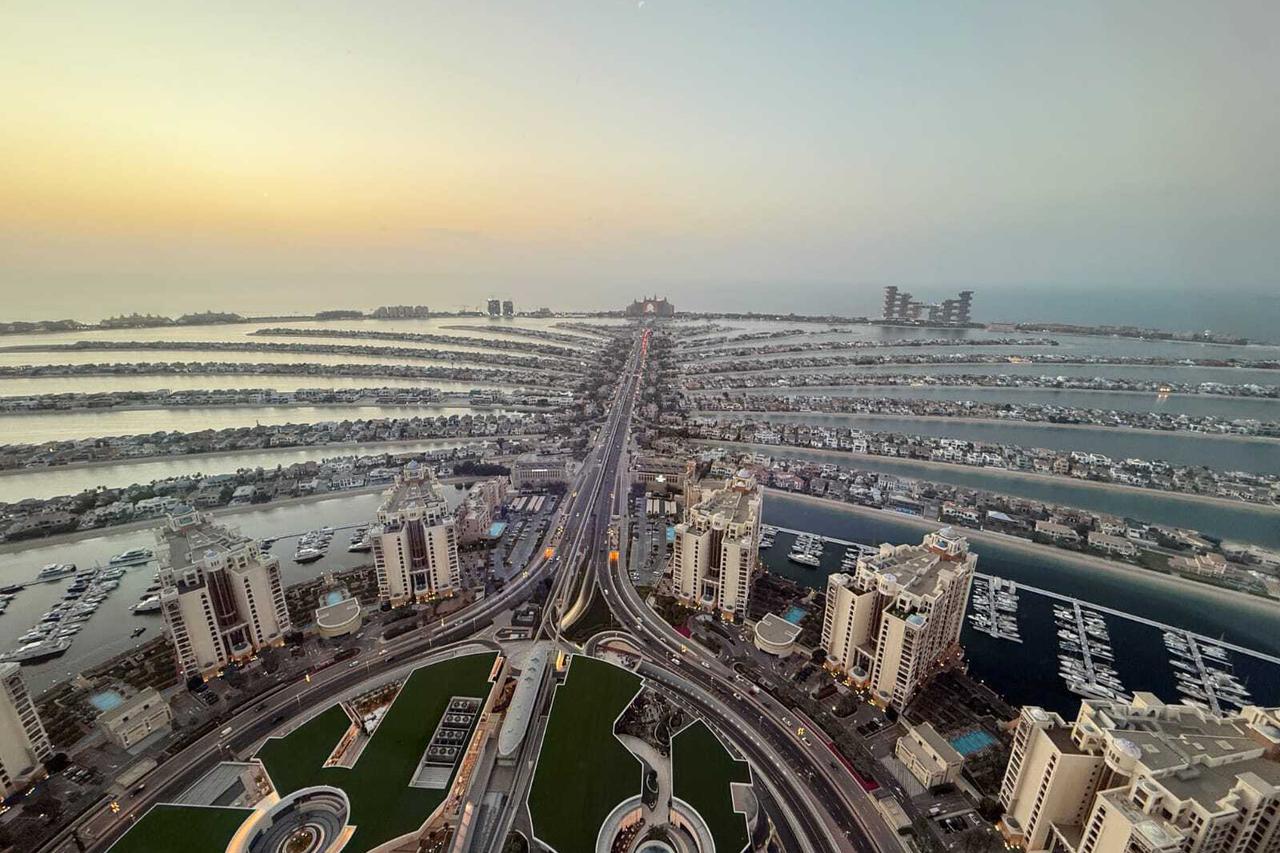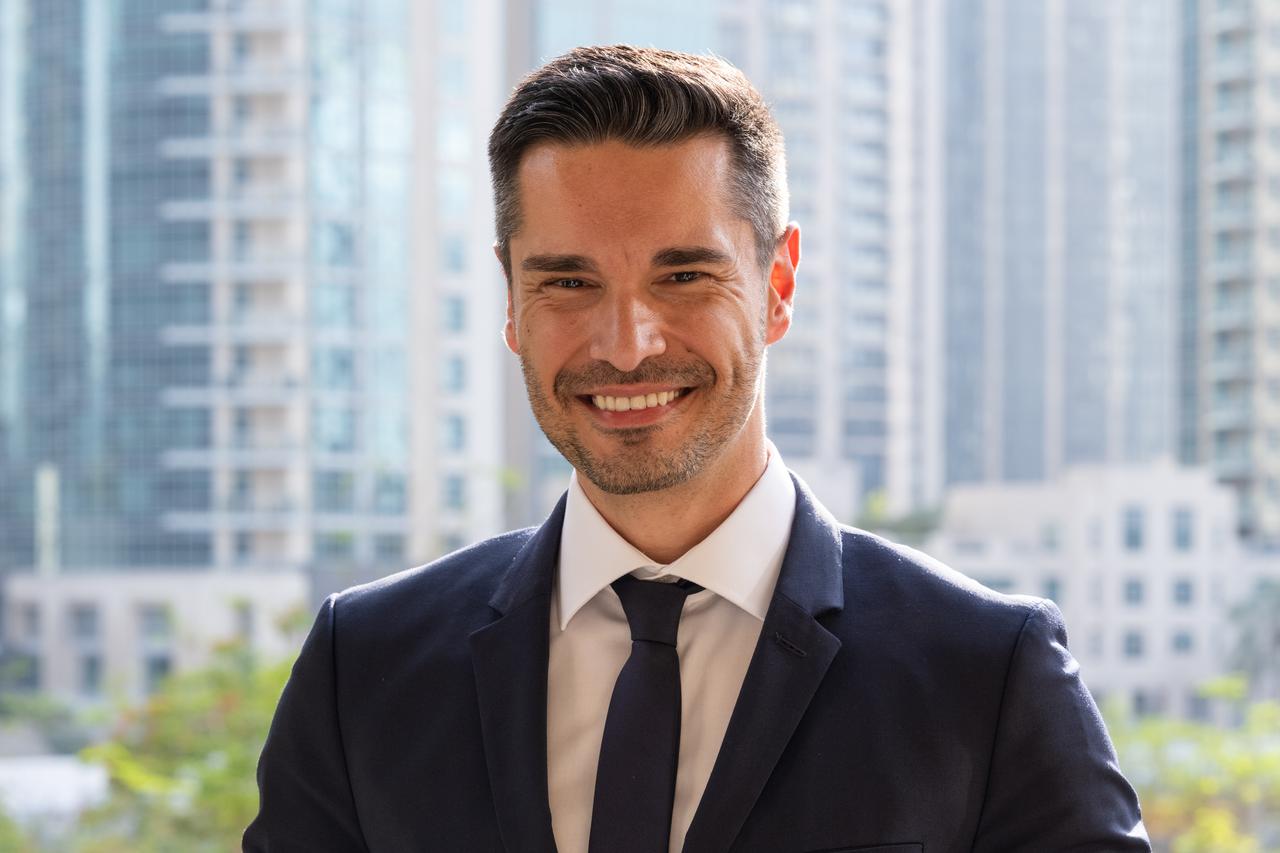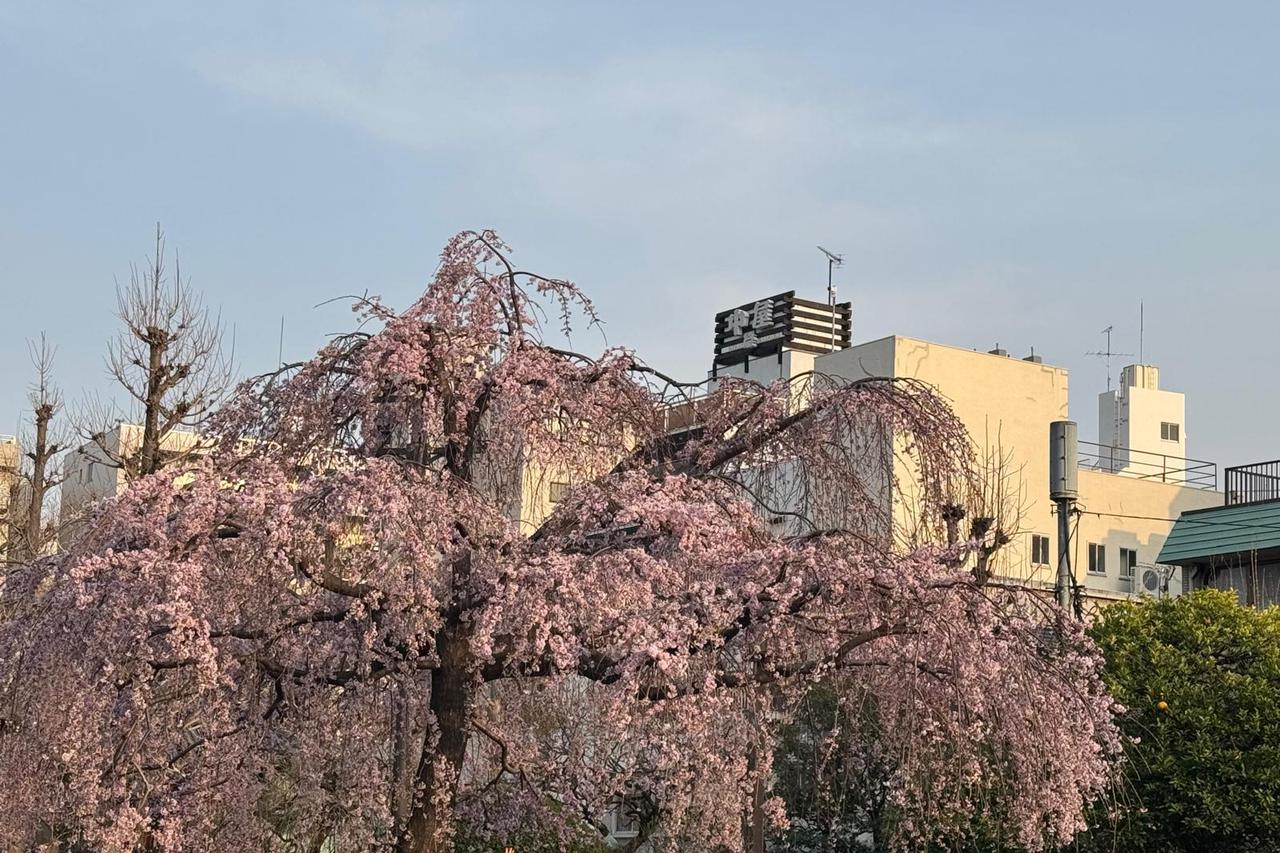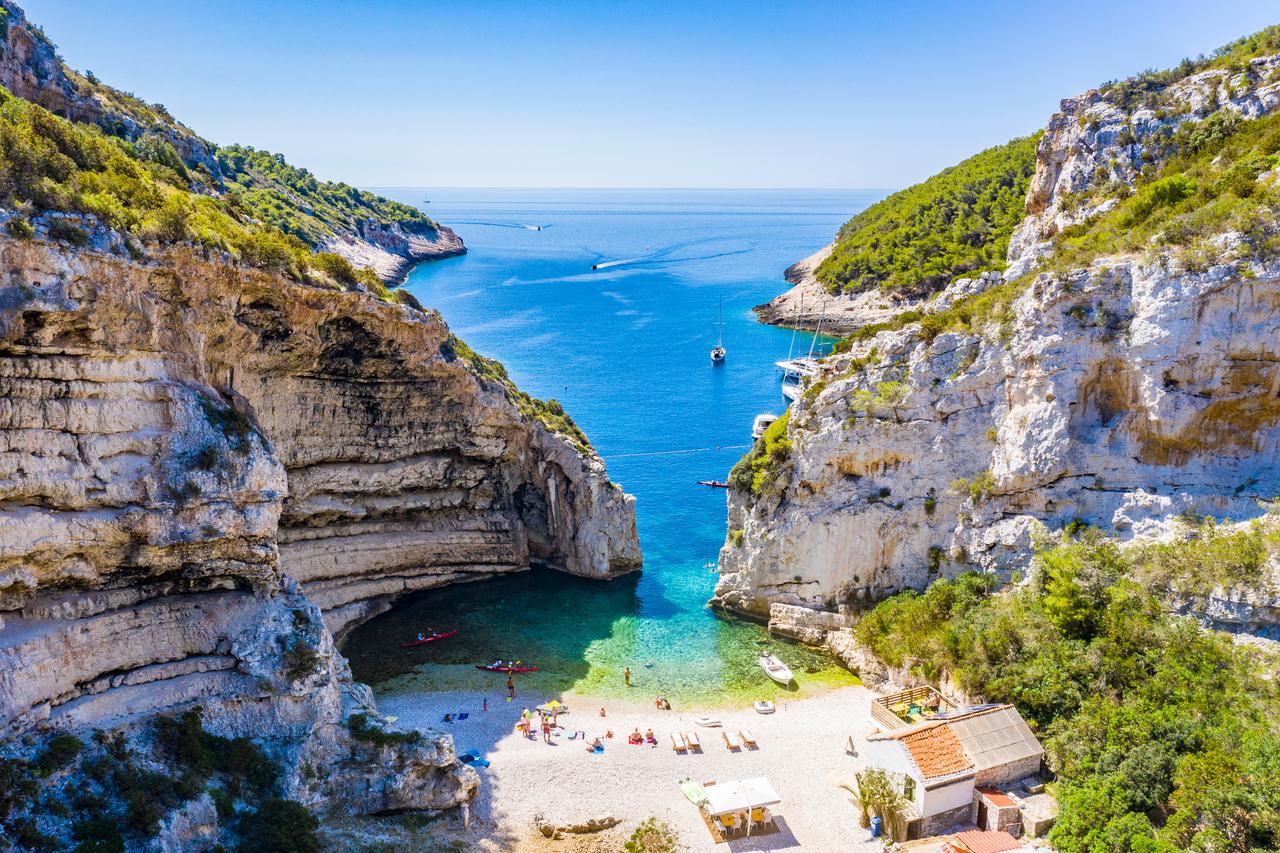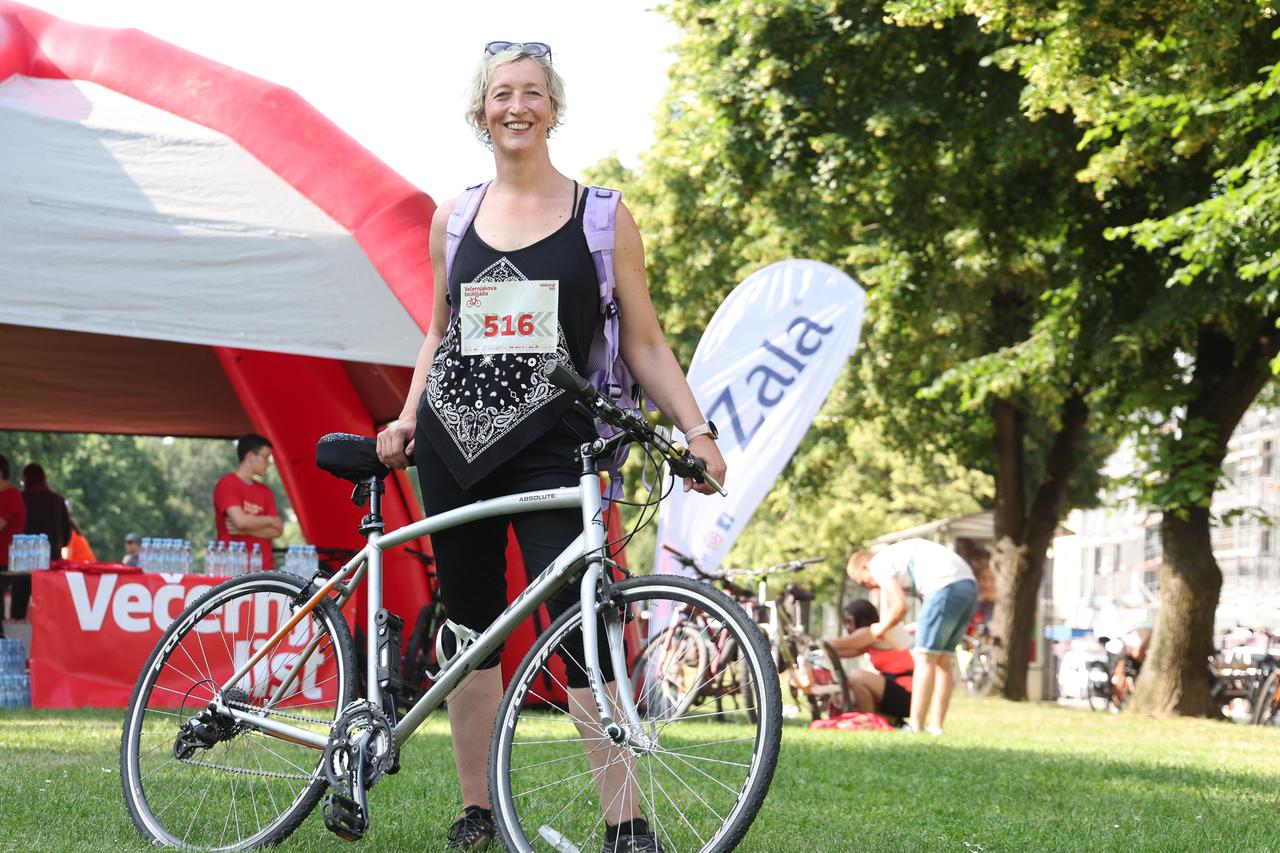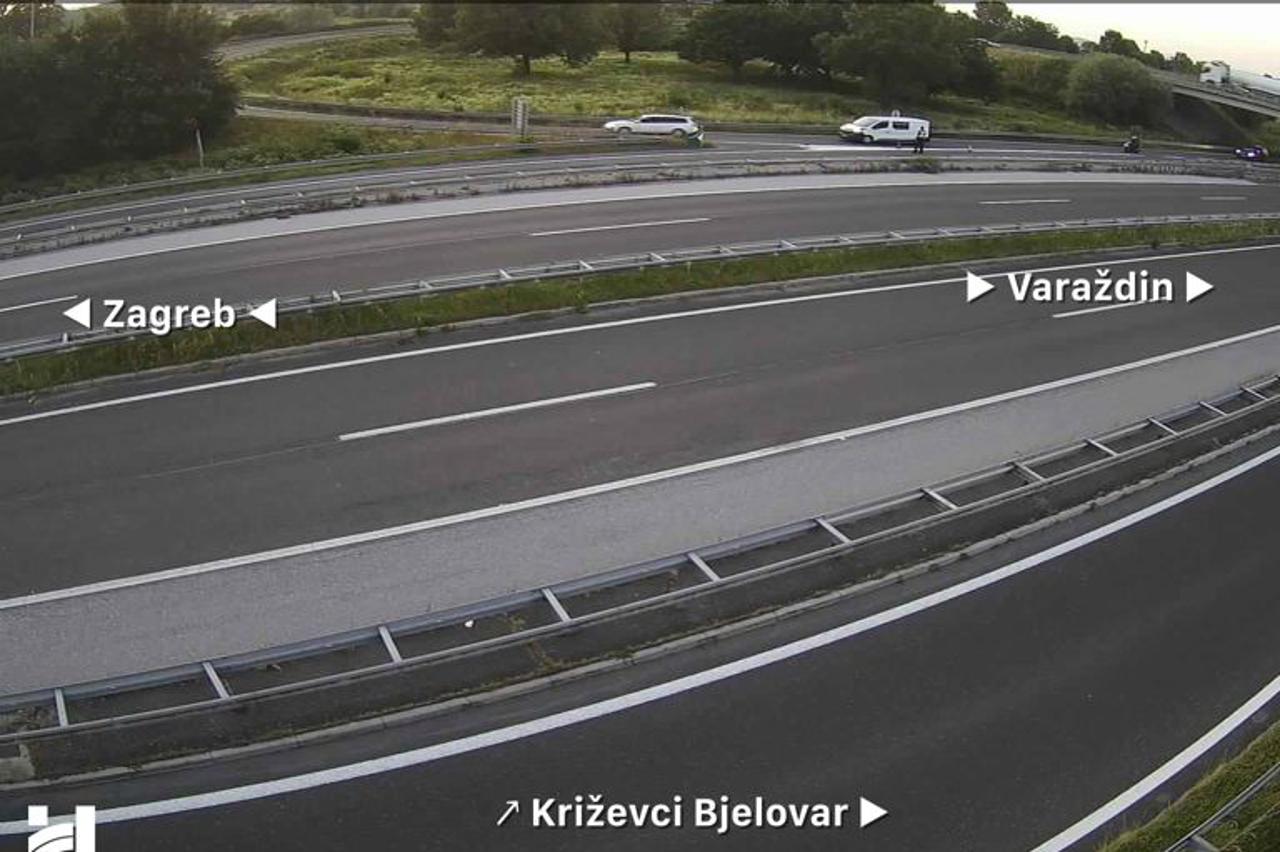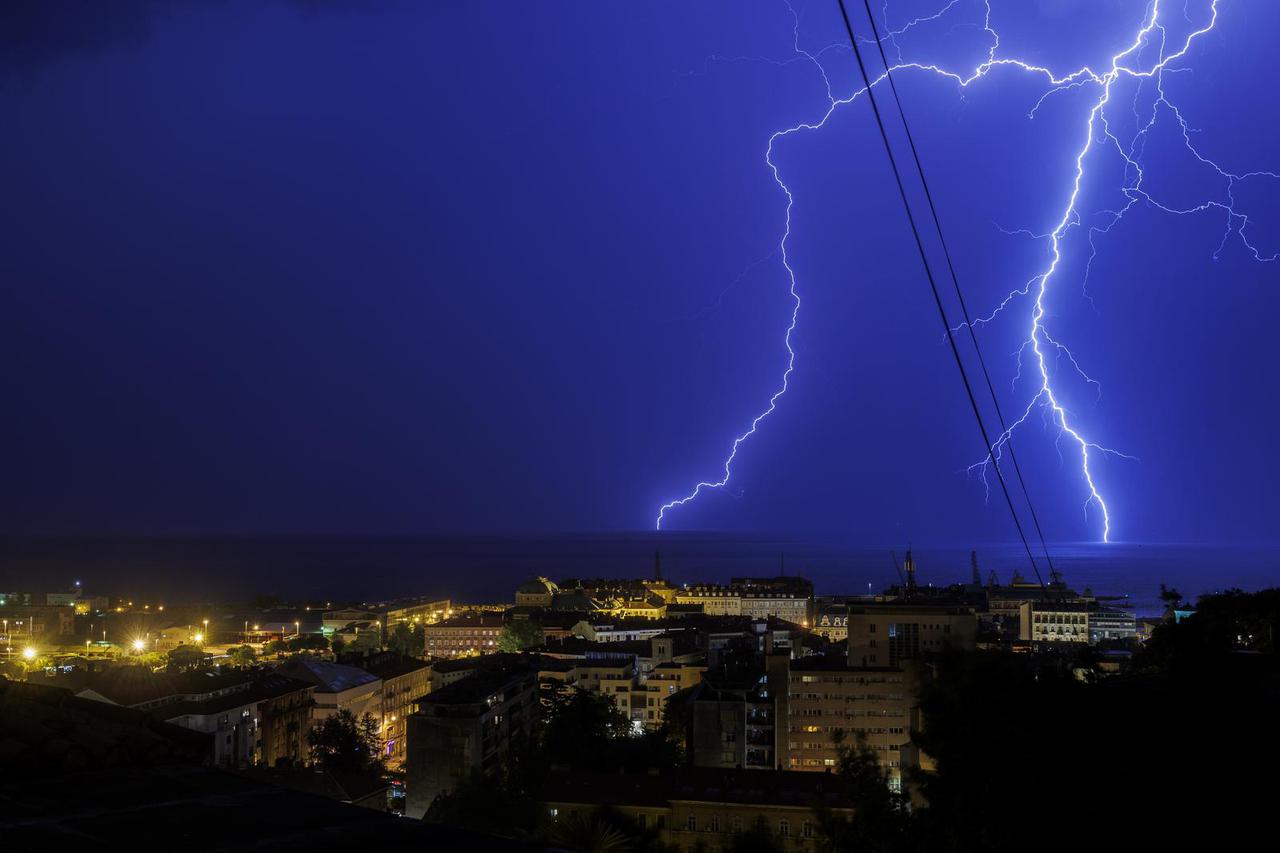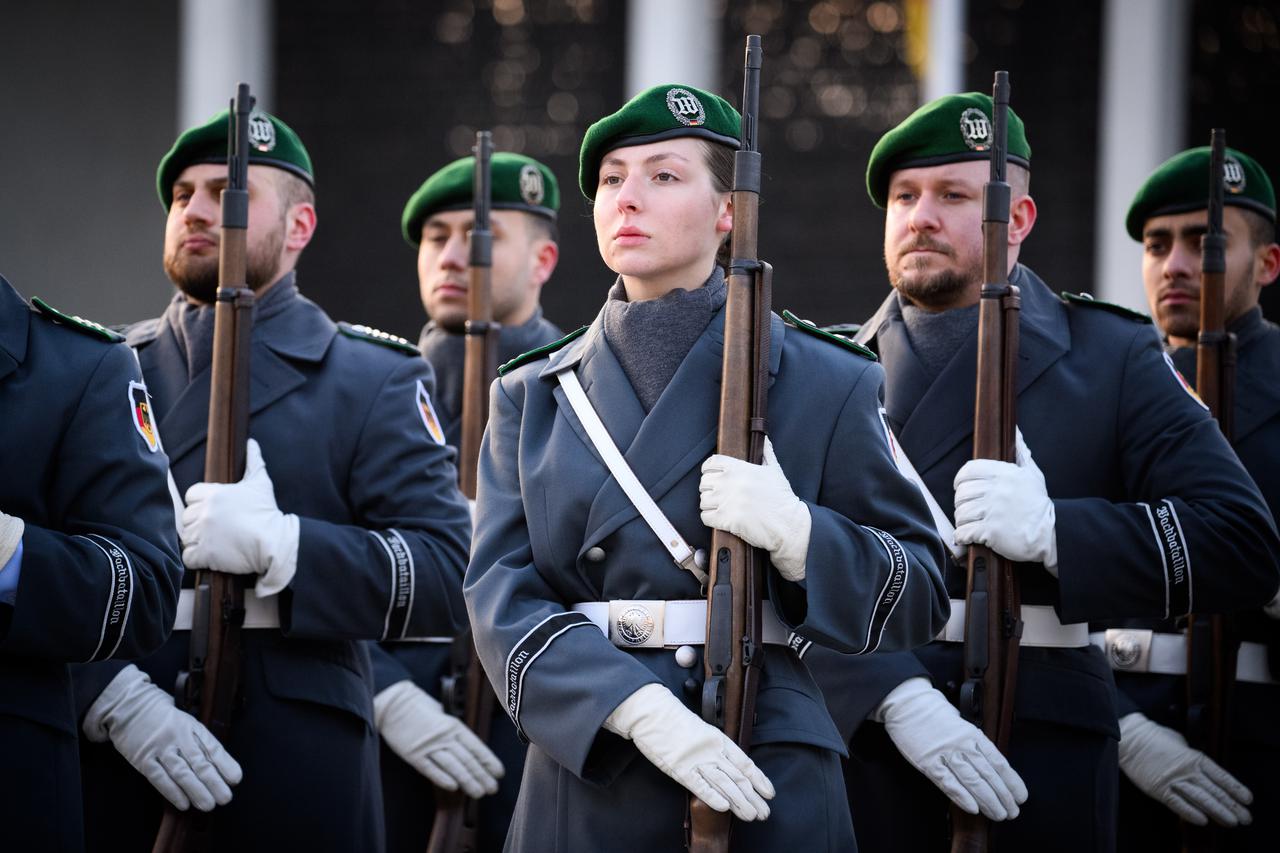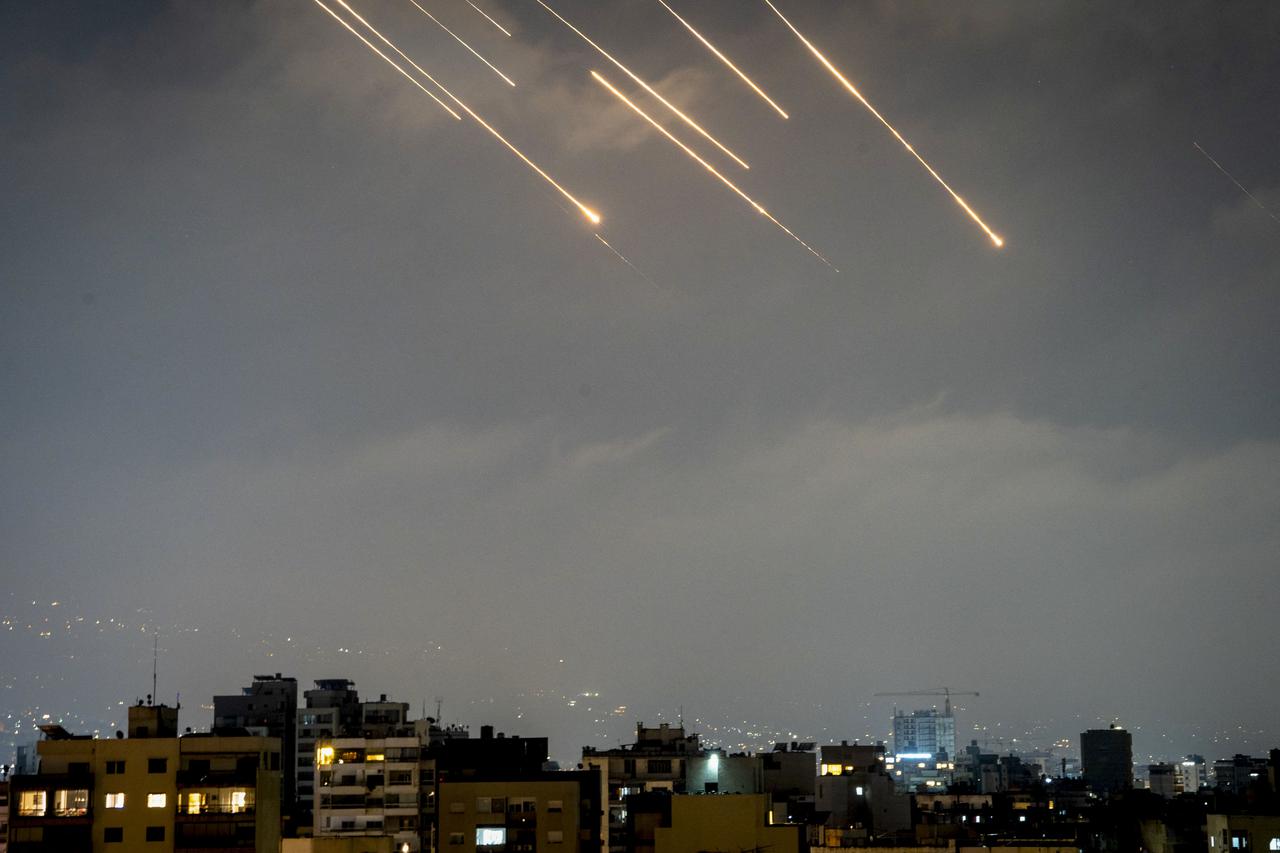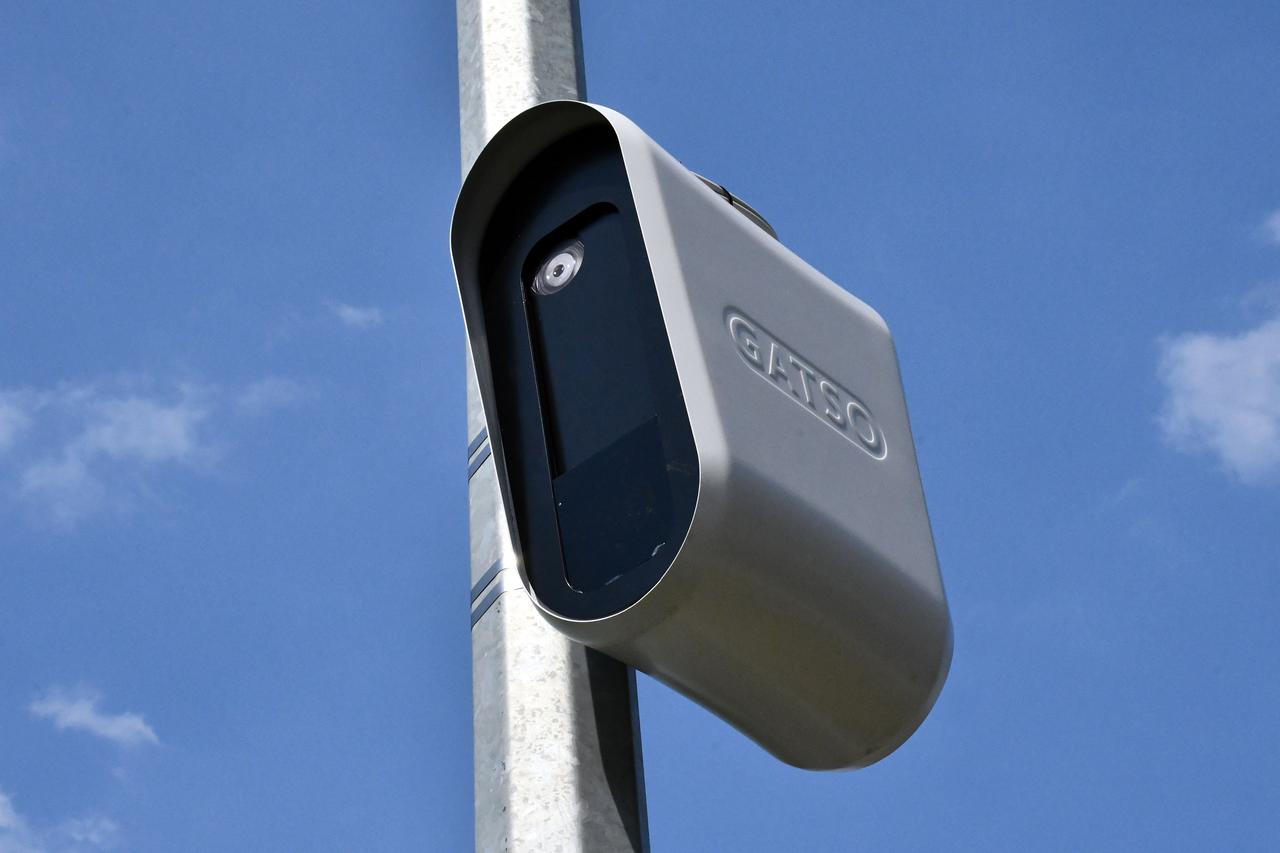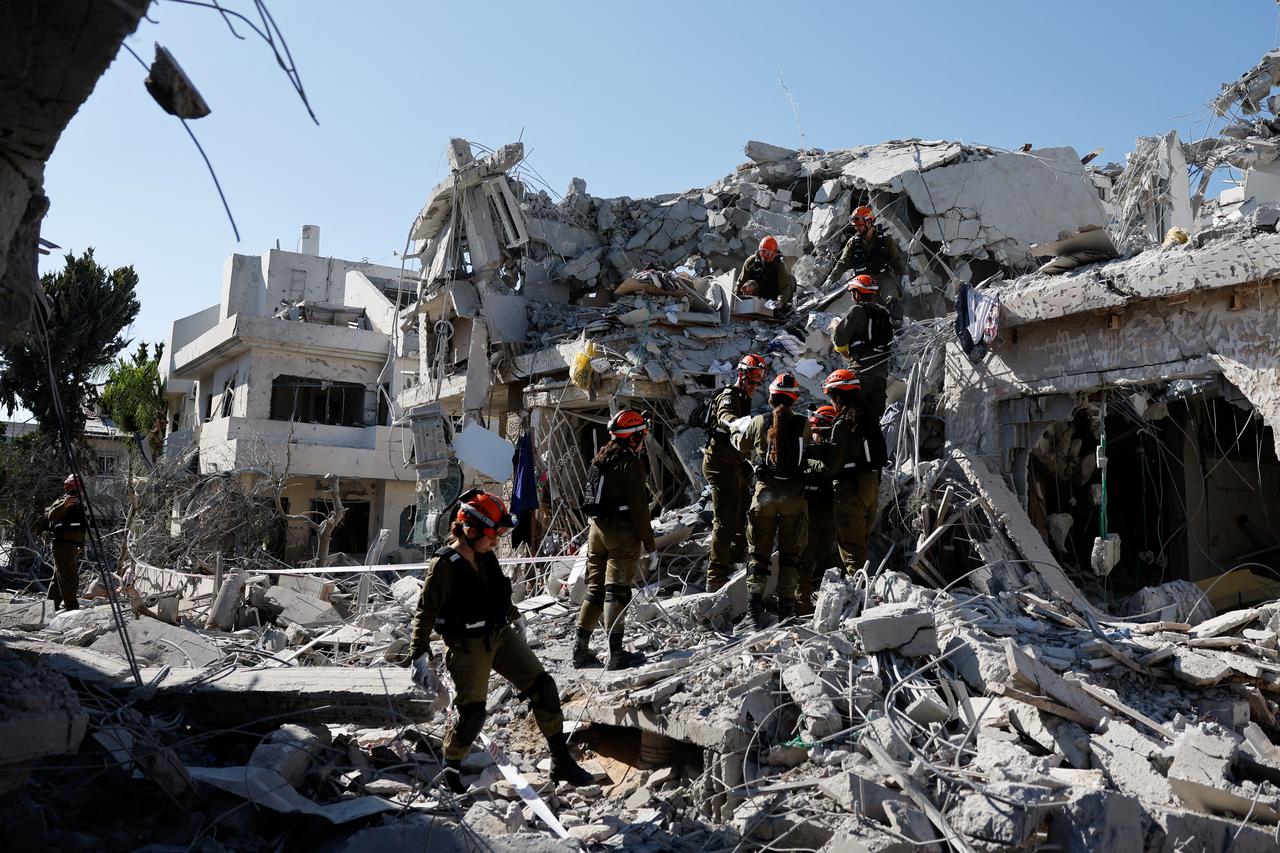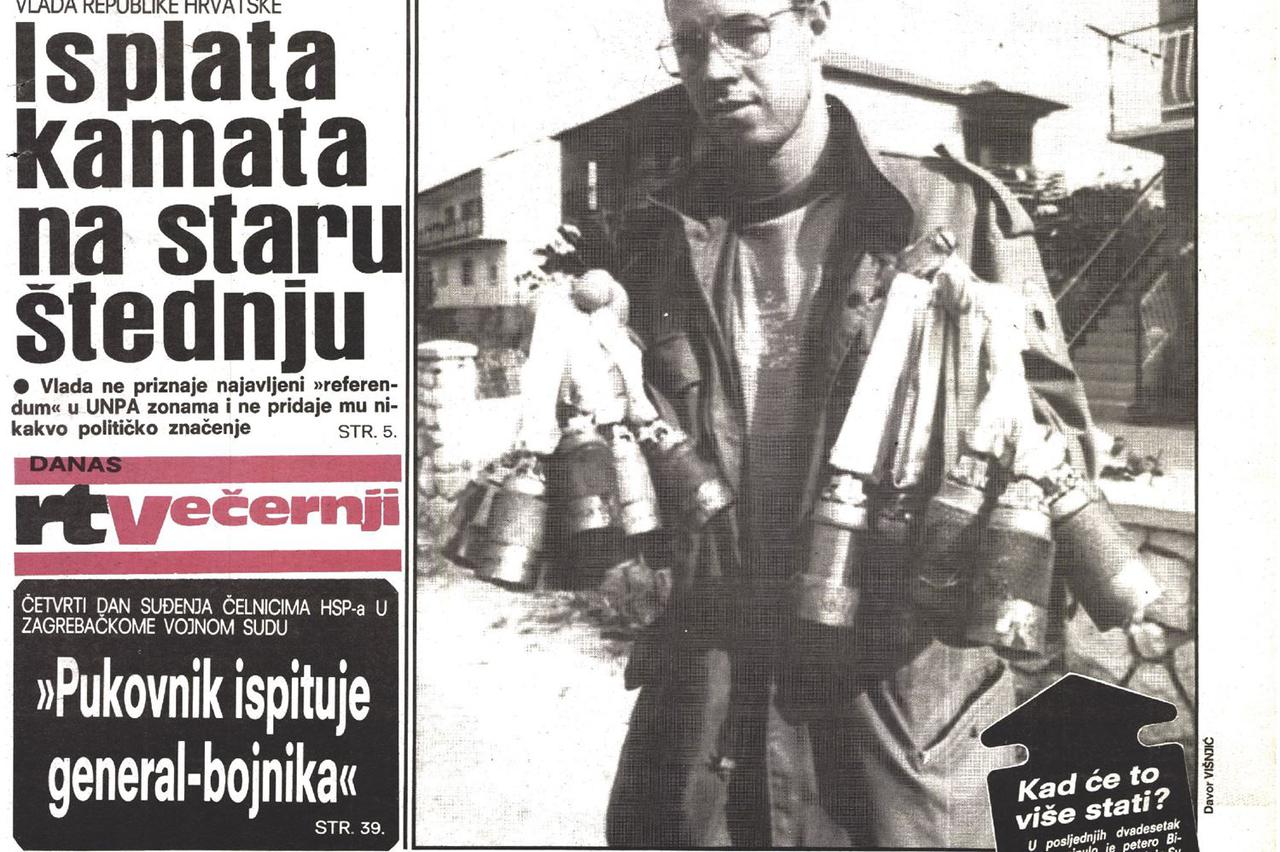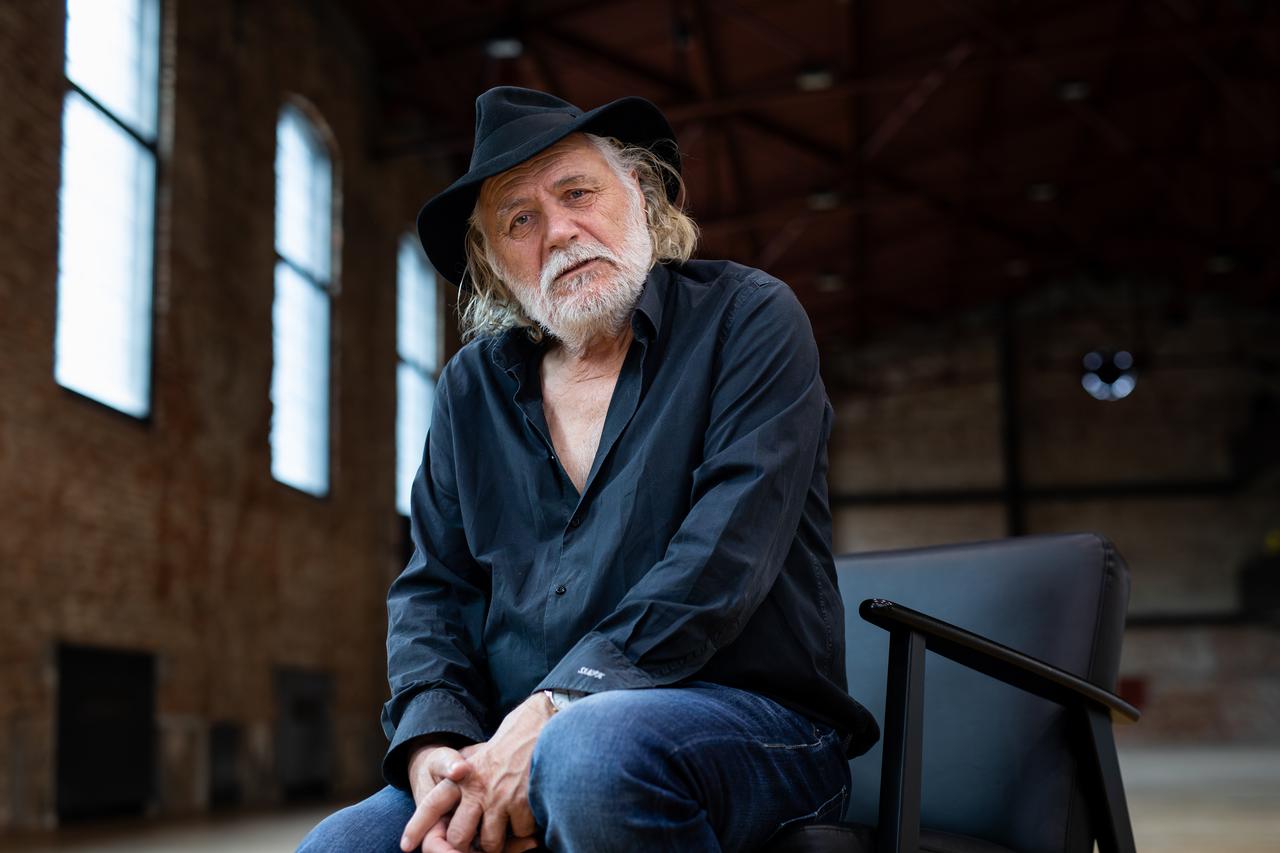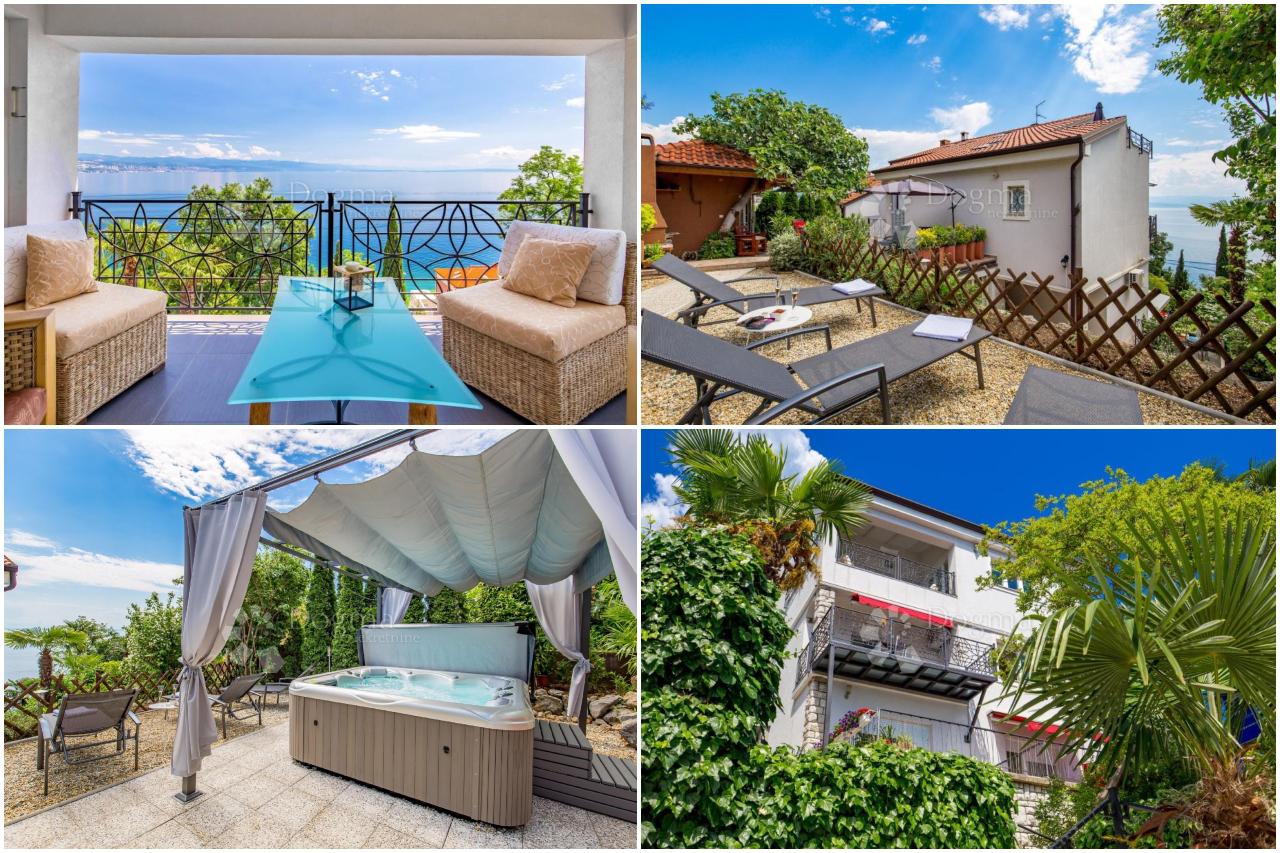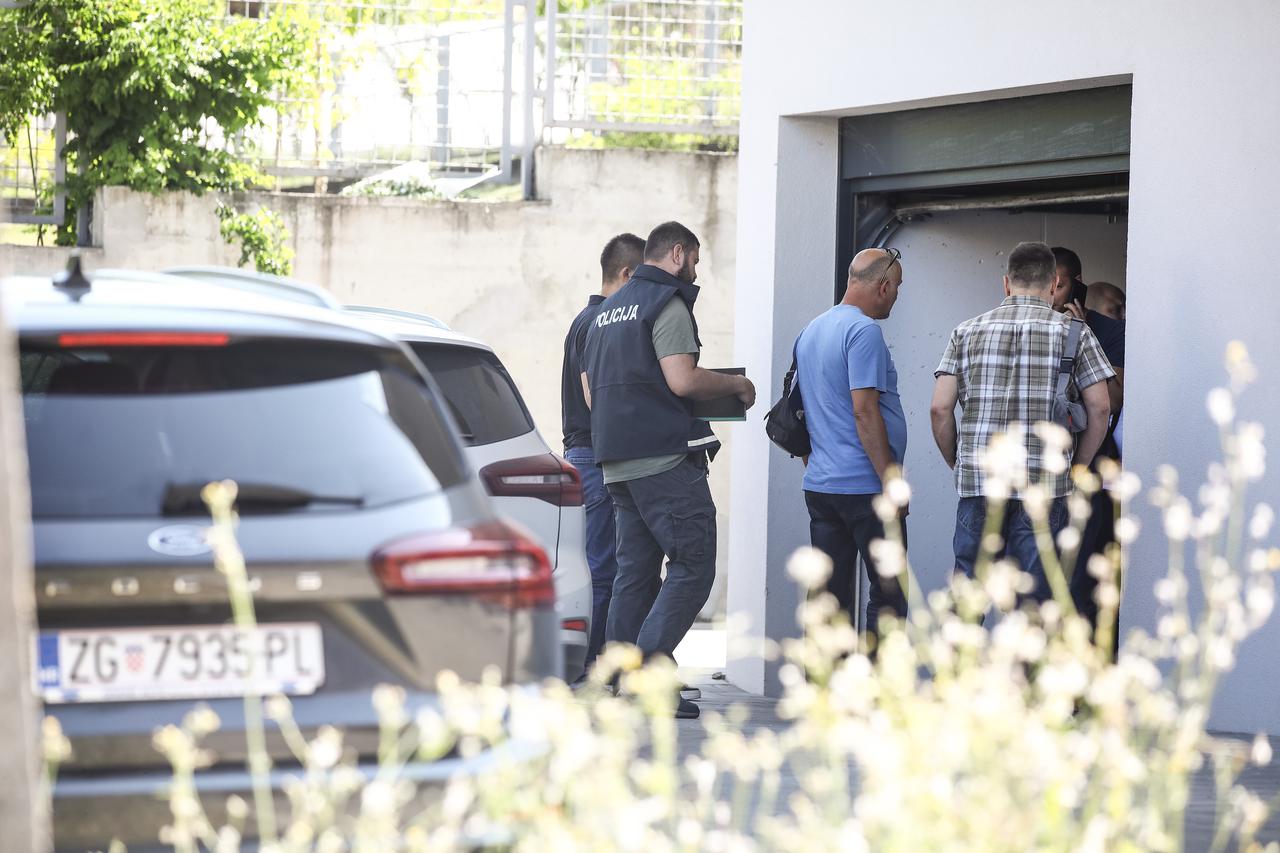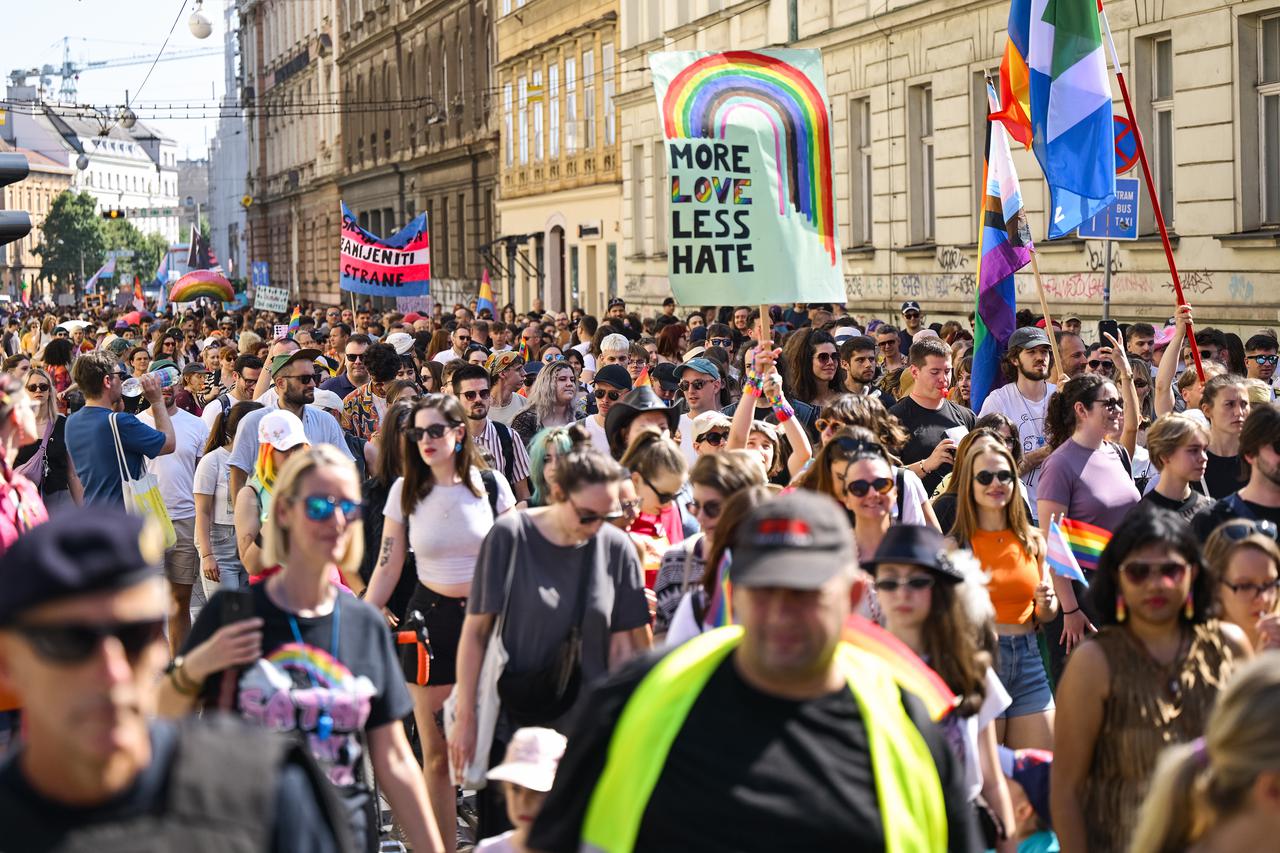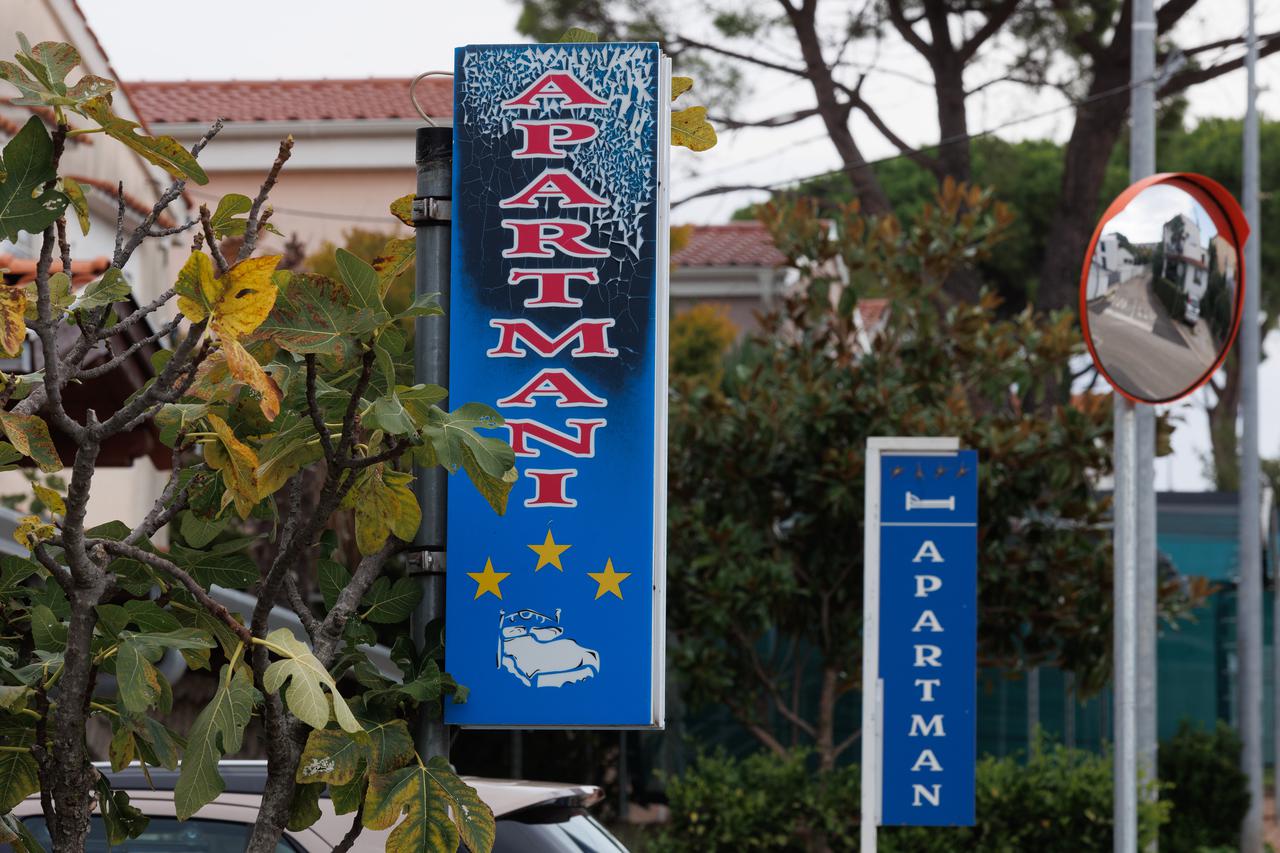Dubai is a city of spectacle and luxury, known for its impressive skyscrapers, luxury cars, hotels, and shopping centers. The city symbolizes power, futurism, and wealth, with a unique blend of tradition and modernity. However, beneath the glitter lies the story of workers from South Asia who build and maintain the city under harsh conditions, with low wages and often without adequate protection. Dubai is a multicultural city with strict laws and codes of conduct, but also with stark contrasts between the wealthy and the workers. The city is continuously developing and aiming for innovation and sustainability, but the question remains whether growth can be fairer and more inclusive for all residents.
Political Perspectives:
Left: Left-leaning reports emphasize the stark social inequalities in Dubai, focusing on the harsh working conditions, low wages, and exploitation of migrant workers from South Asia. They highlight the contrast between the city’s luxurious image and the reality of the labor force that sustains it, calling for more rights and protections for workers.
Center: Center-leaning coverage presents a balanced view of Dubai as a city of innovation and luxury, acknowledging its rapid development and futuristic ambitions while also recognizing the challenges faced by migrant workers. It discusses the city’s multicultural nature and strict laws, emphasizing ongoing efforts to improve labor conditions and the complexity of balancing growth with social justice.
Right: Right-leaning narratives tend to focus on Dubai’s achievements in economic development, technological advancement, and luxury lifestyle. They highlight the city’s role as a global hub of commerce and tourism, often downplaying or justifying the labor issues as part of the cost of progress. The emphasis is on Dubai’s success story and its vision for the future.







